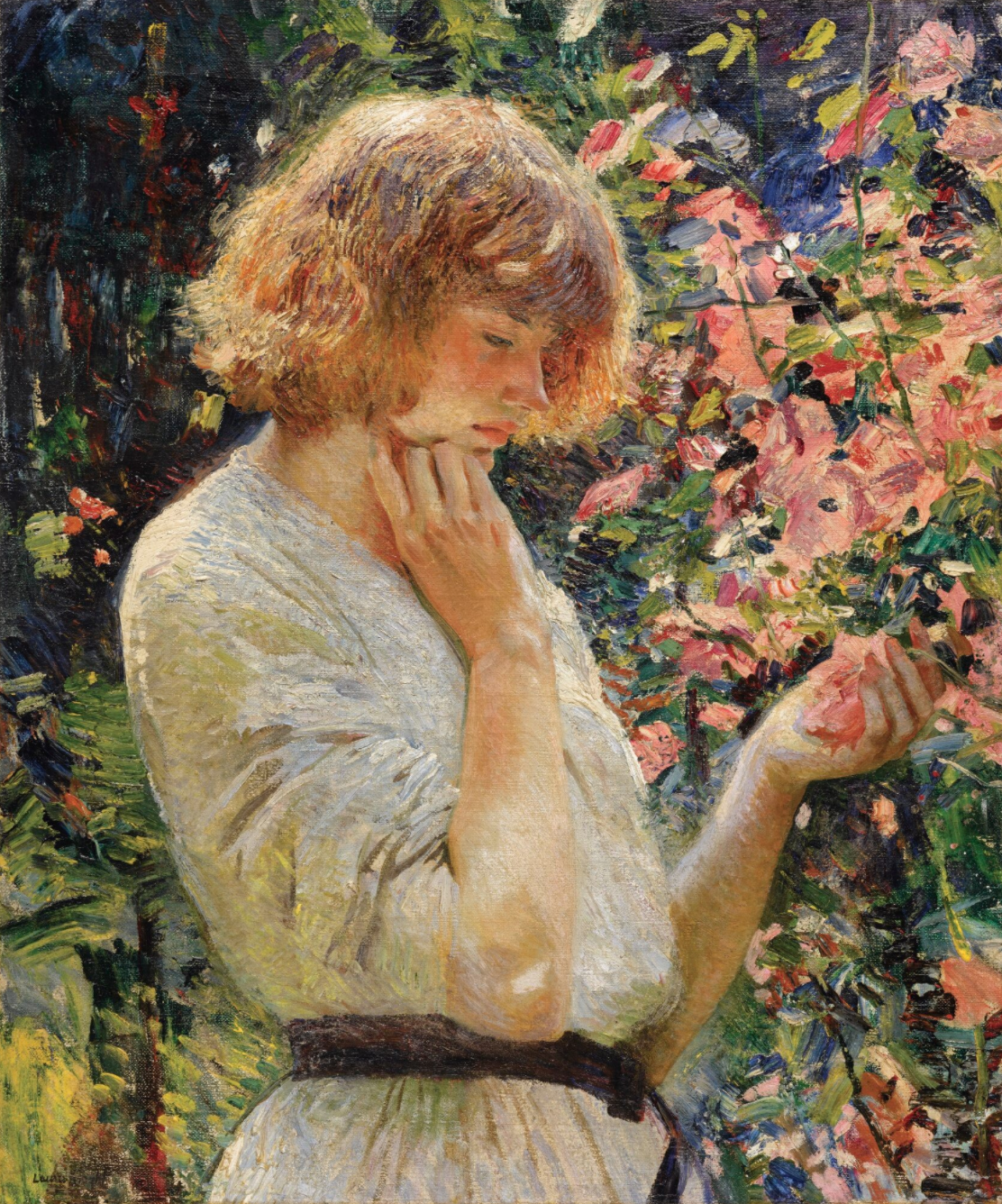
Female Artists You Should Know
Artists
Like most vocations, male artists largely dominated the history books of ancient times in relation to art and fine works. For generations, only a select few women ever become featured in art literacy or history.
Although it is true that until around 1860, women were discouraged from attending art school, whereby excluded from fine art education and often restricted to painting flowers, fruits, and still life, often subjects not held in much esteem in the early 19th century.
This doesn't mean women were not trailblazers, pushing the boundaries on social norms of the time, creating works of art often under a false name to allow for their artwork to be shared amongst society of their specific time.
Thanks largely to the women's movement and feminism, recognition of female artists started to become apparent and today that legacy of those 'trailblazers' is showcased in the many female artists dominating the art scene.
Artemisia Gentileschi (1593-1656)
One of the most accomplished painters in her generation, Artemisia Gentileschi was an Italian artist known for her powerful naturalistic style, portraying women not has the 'weak' or 'downtrodden', but in positions of power and dominance. This can be seen in per famous work Judith Slaying Holofernes, which shows a bloody encounter of two women overpowering and slaying a man, which is at odds to many other paintings of the same scene that depict Judith as weak.
Elisabeth Louise Vigée Le Brun (1755-1842)
Elizabeth was a portrait painter, who painted some 660 portraits and 220 landscapes, some of which hang in London's National Gallery, the Metropolitan Museum of Art and the Louvre! By the age of 19, Elizabeth joined the Acadeemie de St Luc, at a time when very few women were admitted, and by the age of 20, she was established at court.
Formally the official portrait artist to the Queen of France, in a time where only male artists were traditionally featured, Elizabeth embodied the gift of being able to recognise and depict poise and stature in her portraits and landscapes — her stunning works speak to her tenacity, as well as skill.
Dame Laura Knight (1877-1970)
The first woman ever accepted into the Royal Academy, however, as with many women of the era, experience poverty for many years, which, in fact, inspired her to paint. Dame Laura's focus was in art was depicting the marginalised, the downtrodden and often misunderstood communities and individuals of the time.
One of her more contentious works was that of a portrait of herself painting a nude — at the time, taboo for females, who were expected to only paint from drawings of nudes or plaster casts!
Tamara de Lempicka (May 16, 1898 - March 18, 1980)
A Polish-born artist Tamara was born into an extremely wealthy and prominent family in Poland. This female artist embraced a very distinctive style of 'soft cubism' in her works, which could be considered art deco and cutting edge in terms of portrait paintings for the times. With a clean, elegant style, her works and Tamara de Lempicka as an artist become the most fashionable of her generation!
Historically women in art were largely pushed back and behind their male counterparts, not for lack of skill, nor a lack of works, but due to the misogynistic nature of history. While the 1960's saw a revolution of sorts, and today some of the most well recognised domestic and international artists, art historians, curators and industry leaders are indeed women — it wasn't always this way, and it was by no means easy.
There are many important female artists throughout history and today, from all over the world. To learn more, invest or purchase art by great female (or male) artists, contact Art Works today for a catalogue and artist listing.
Art Works is Asia’s leading contemporary art investment gallery, providing advice to investors seeking to capitalize on the fast-appreciating art market.
